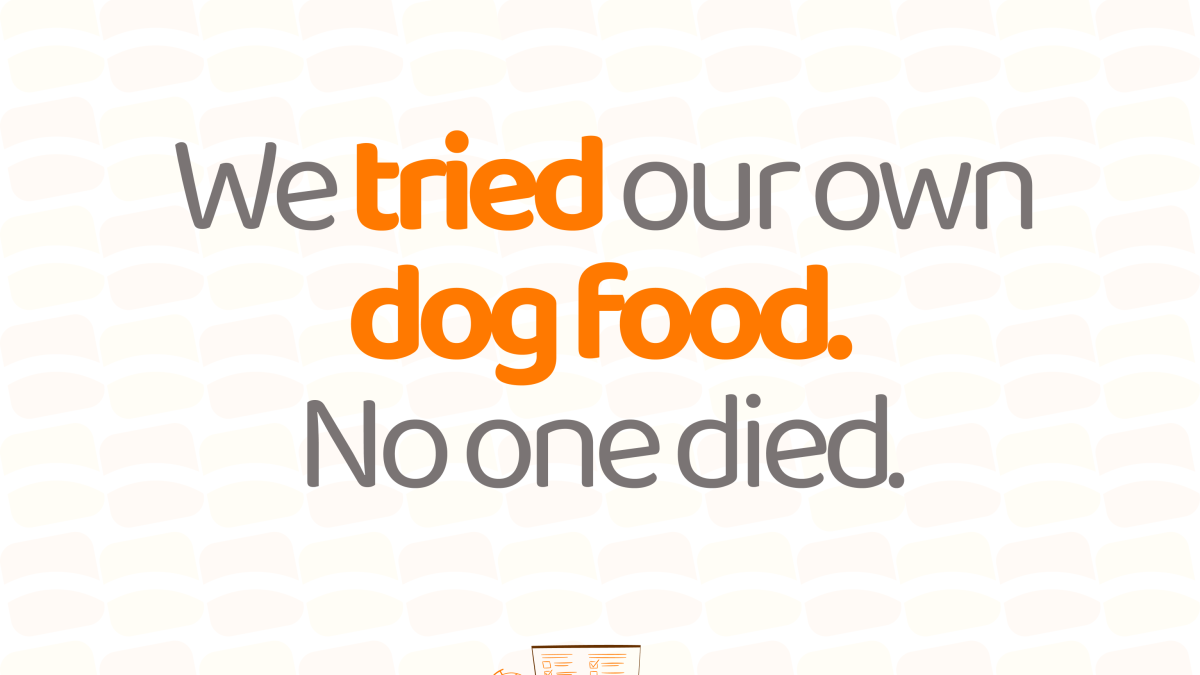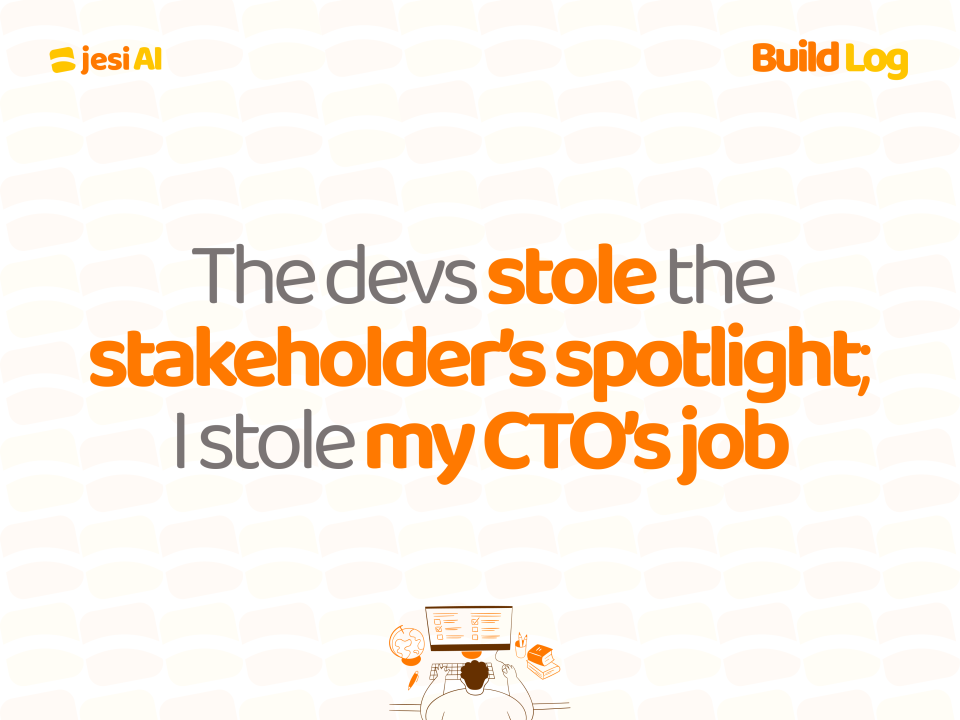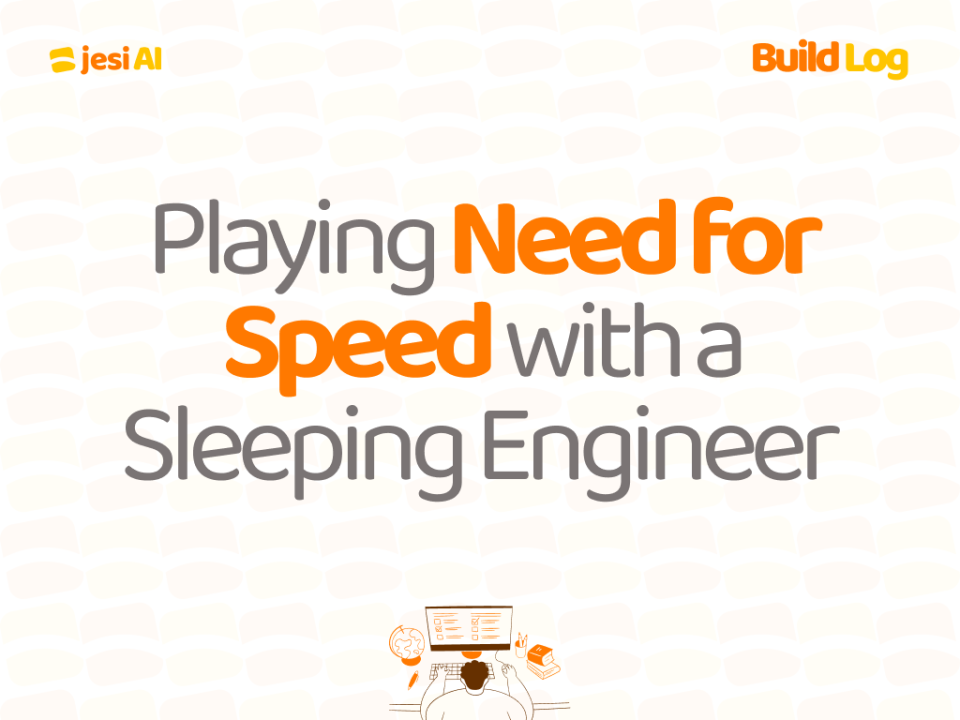
Sprint 3: Playing Need for Speed with a Sleeping Engineer.
June 16, 2025
Ready to Break Into Tech? Jesi Young and Safe Scholarship – Cohort 3 Is Here!
July 2, 2025To serve what you’ve cooked, you need to taste it first. Else, how do you know if it’s bland or even followed the recipe? Same goes for your dogs. Even if it’s leftovers, you have to eat it first. That gives you confidence in what you are serving them. Last thing you want is your guest pointing out flaws in your cooking or your dog suffering from a bad meal. That’s why we’ve been eating our own dog food.
As we prepare to test how useful and easy our features are for real users, we had to test them ourselves. This sprint, we used what we built. We iterated, and then used it again. That is exactly what “dogfooding” means in product development: using your own product as your users would.
And let me be honest, eating your own dog food isn’t fun, especially when it’s still cooking.
So, How Did It Taste?
I wish I could describe it. During testing, something just kept jumping out at me, but I couldn’t put a finger on it. I played with the Vercel build and compared it with the Figma design, but it didn’t feel the same.
On the surface, text formatting is an obvious issue, but deep down, I knew something more was missing. In one of our test sessions, I showed it to the entire team and asked if they felt the same way. I must admit, that feeling almost knocked my confidence in our progress. But I found a way to deal with it.
Function over Form.
We’re pressed for time. Speed matters. But so does experience. So I had to ask myself: what matters most right now, function or form? Once I got clarity, I gave the Devs some breathing room. The core logic and endpoints had to work first. UI and polish could come after.
What Dogfooding taught us.
Dogfooding also revealed a bigger issue: the devs were working in silos.
We caught it mid-sprint and had to reset our process. Props to our backend dev, who although remote, spotted the problem and called for a meeting to address it. That bit of self-leadership helped us fix a critical communication issue.
We had fallen into the classic loop:
“The ML engineer says they told the PM.”
“The PM says they passed it to the frontend dev.”
“The frontend dev says they just heard about it.”
And so on.
Unlike remote setups where emotions can be hidden behind cameras, co-location makes everything raw and visible. When issues come up, you see the frustration, the tension, the confusion. Sometimes it even leads to arguments. That was our experience. But it was a healthy one because we learned something important:
The back-and-forth of “I told this person” doesn’t solve anything. If there’s a problem, we talk it out — not argue it out. Arguing doesn’t fix anything.
Dogfooding wasn’t fun. But it cleared the fog. It exposed cracks, sparked honest conversations, and showed us where to focus. That’s the point: it’s messy, but it moves you forward.




